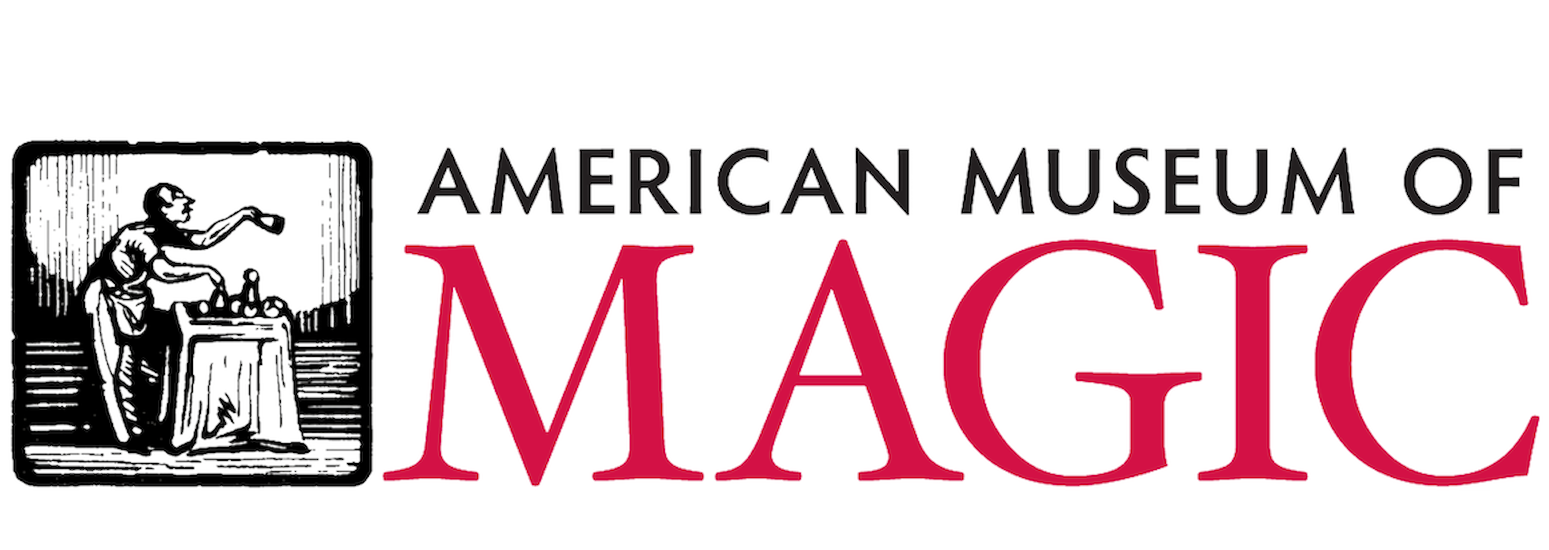Magic in Michigan
Michigan has long held an attraction for magicians and magic enthusiasts. Each year, performers and aficionados from all over the world journey to a rural town in southern part of the state near the Indiana border. Set amidst Amish communities, Colon, Michigan seems an unlikely place to draw performers typically more at home on stage, television, or under the bright lights of Las Vegas. Nonetheless, Colon wears the “Magic Capital of the World” label with pride.
The story begins in the mid 1920s, when Harry Blackstone, one of the most famous magicians in America at the time, chose Colon as the summer residence for his massive traveling illusion show. With no air conditioning in theaters, few people relished sitting in a 1,500-seat auditorium in the middle of July or August. So, the traveling shows generally used the time to unwind, repair their props, and develop material for the next season. A few years after Blackstone first vacationed in Colon, he invited the Australian magician Percy Abbott to visit him there during the summer hiatus. Abbott liked the community, married a local woman, and settled in the town. Together, Blackstone and Abbott formed the Blackstone Magic Company, which sold magician’s supplies. It was a short-lived company: after a bitter fight, the two men dissolved the business and never spoke to one another again. The Australian eventually established Abbott’s Magic Company in Colon. It quickly grew to become the largest manufacturer and retailer of magic equipment in the world.
In 1935, Abbott initiated the annual gathering of magical performers now known as “Abbott’s Magic Get Together.” The “Get Togethers” grew over the years until more than a thousand magicians descended on the little town for the event. With no hotels and few restaurants, hospitality for the visitors fell to Colon’s residents. Townspeople rented out spare rooms, churches and civic groups served meals, and everyone turned out to watch performers in the opera house, temporary tents, and local schools. Today, amateur magicians, professional performers, and magic fans still flock to Colon in August to purchase magic, learn new tricks and techniques in magic lectures, and attend shows featuring world-class magicians.
A number of magicians and vaudevillians that retired from the road moved to Colon to work for Abbott’s company, and some spent the rest of their lives in the town. Over the years the local cemetery became the final resting place for several legends of magic, such as Harry Blackstone Sr., Harry Blackstone Jr., and Robert Lund. Even magicians who had never lived in Colon requested plots in the graveyard, which has become a macabre tourist attraction in its own right.

Colon is not the only Michigan city with strong magical ties. For those interested in the history of magic and magicians, Marshall, Michigan is home of the American Museum of Magic. The largest publicly accessible museum and archive of the field, it opened in April 1978 as the brainchild of magic historian and collector Robert Lund. A writer and magazine editor, Lund collected magical memorabilia for decades and sought to establish a museum that preserved and celebrated the stories of performers both known and unknown.
